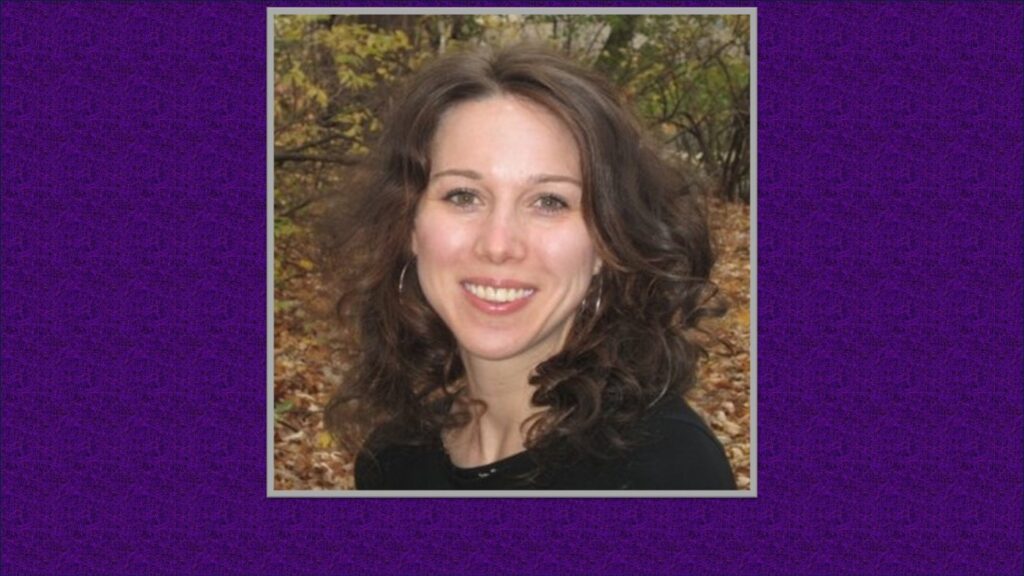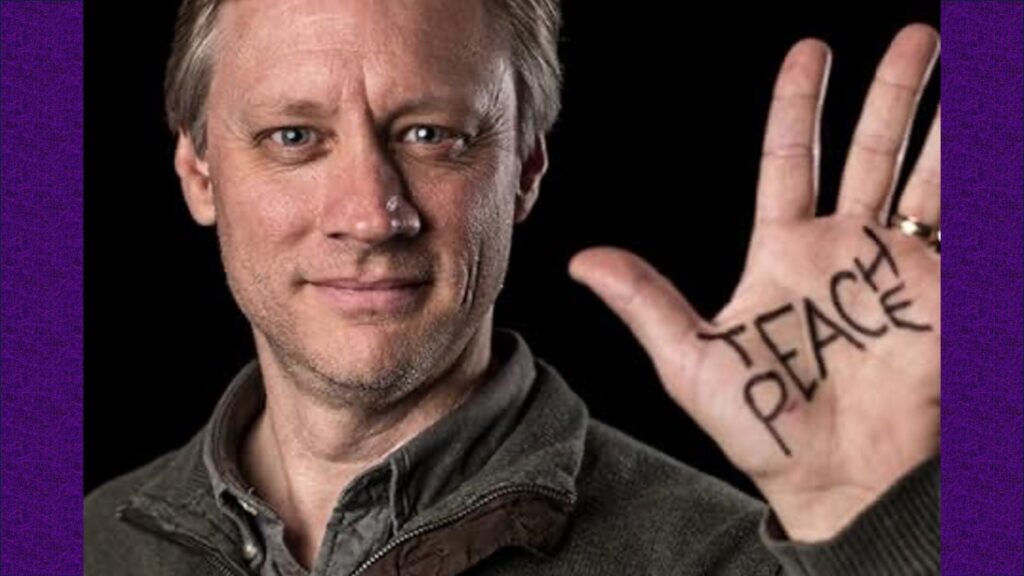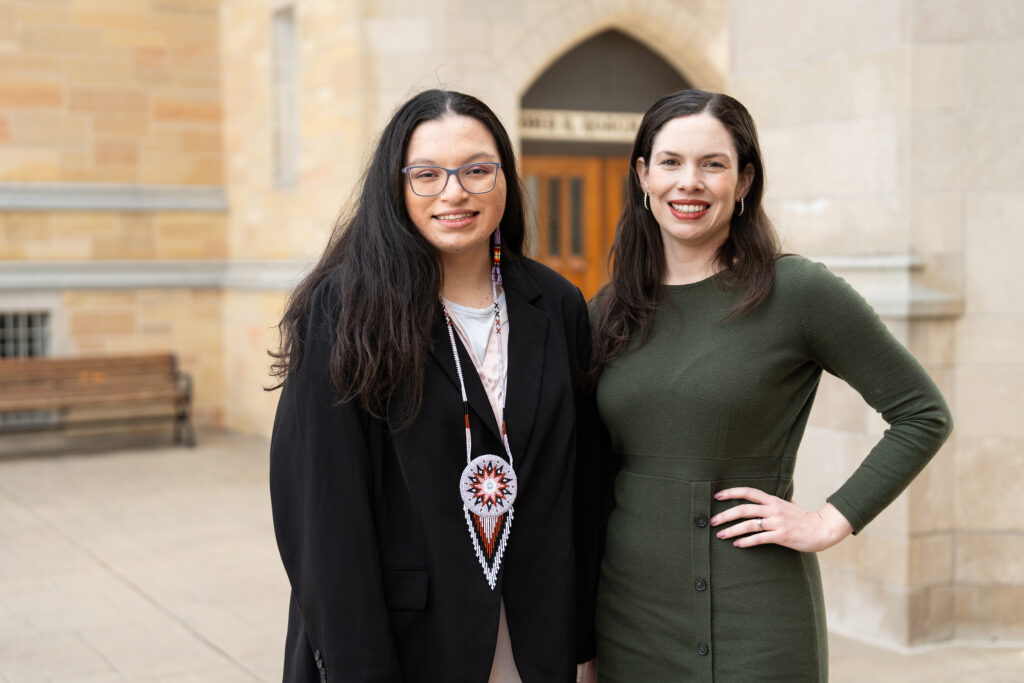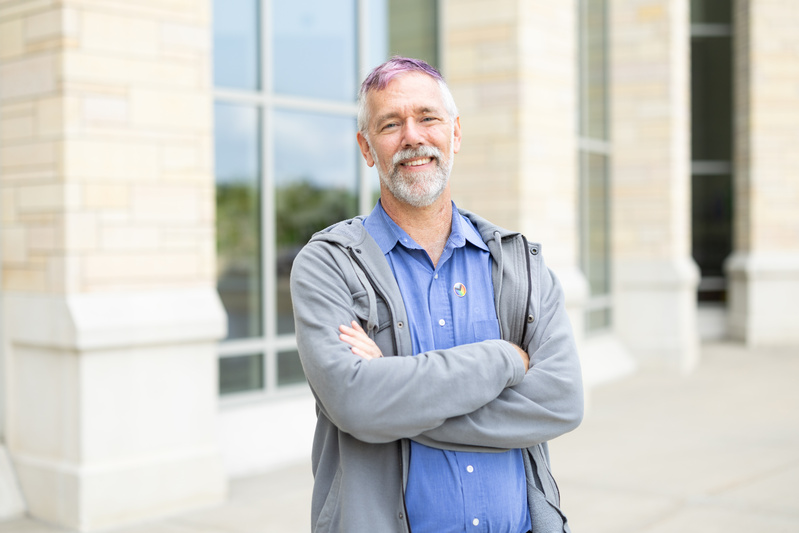When I used to tell colleagues, friends and family that I’d be teaching a January Term study abroad course about multicultural communication in … wait for it … Hawaii, it was met by a sideways, “nice racket,” you-must-surely-be-workin’-the-system kind of glance.
January on the beautiful beaches of Hawaii: I know, right? It didn’t matter how many times nor ways I explained the profound cultural and academic service-learning learning experiences built by many hands – including those in partnership by the teachers, staff and students of Ke Kula Ni’ihau O Kekaha – over the past nearly two decades. How can one learn about “culture” in the land of coconut bras and grass skirts? As a tourist, you can’t. As a member of a course centered on incredibly unique relationships with native Hawaiians from Ni’ihau (also known as “The Forbidden Island”) and UST alums (hint: one happens to be a Hawaii Supreme Court justice!), you can.
It’s been a few years since I have co-taught the course, but the experience in Hawaii continues to only get better, punctuated by one of the most unique relationships any university has with the last group of native Hawaiian speakers of one particular dialect. COJO professors Debra Petersen and Tim Scully are the most recent collaborators and builders of the course, nurturing what every student will tell you is a life-altering cultural encounter and once-in-a-life-time experience.
Student Maggie Witacre wrote in her final paper in January: “From this project, I believe that I have acquired ‘the literacy required to live in a civil society, the competence to participate in democratic communities, the ability to act deliberately in a pluralistic world, the empathy that permits us to hear and thus accommodate others.’ ” (She was quoting a required course reading, Learning Through Serving: A Student Guidebook for Service-Learning Across the Disciplines, by Cress, Collier, & Reitenauer.) Whoa! Exactly, Maggie. Yes!
Each professor pair who has taught the course has heard things like that time and again, as well as remarks similar to one from Matt Schaak this year: “When I came into this trip I wanted it to be life changing. Luckily for me, it was that and then some.”
Matt is referring to the pinnacle experience of the course: a three-day intensive service-learning project with the children, faculty and staff at Ke Kula Ni’ihau O Kekaha, a preschool to grade 12 school. Each year the projects co-created are different, and each year the relationships built and the cultural exchanges are immediate and lasting.
When our students arrived in January, the Kekaha students were able to point to the photos of past years’ UST classes and name every single student. We experience and learn the Ni’ihau sense of ohana (family), a concept without accurate translation into our own more-narrowly, culturally situated notion of family. From student Tony Rittenhouse: “Now that the project is over, the most important aspect of it to me was ohana. The aspect of family in these kids’ lives is so much more important than it was in mine growing up. They treat everyone as well or better than I treat my family.”
The mutual benefit of our partnership is simply profound. And, it is an exclusive one. From Haunani Seward, the school’s director: “Your students open up the ‘outside world’ to our students … fables, snow, writing and speaking standard English … helping us provide a rich and diverse learning opportunity for our students. Ke Kula Ni'ihau O Kekaha in turn opens our doors to your students and staff that no other university or organization is privy to.”
The Ni’ihau community is the last enclave of native speakers of the Ni’ihau dialect; as such, you quickly learn why the elders of the community and teachers at Kekaha are highly protective of their 40 students, the only future speakers of this unique language. As we all quickly learn, when a language dies, so does its culture.
Students get back on the plane for the mainland and Minnesota with new eyes toward their own cultural values and new thoughts about their friends from Kekaha. They also remember the really cool chance they had to walk into the stunningly beautiful chambers of the Hawaii Supreme Court to meet Chief Justice Mark Recktenwald and Justice Jim Duffy (a UST alum), who talk with them in a warm and welcoming way. Everyone, even to the highest reaches of the court, exhibits the “aloha spirit.” They take time out of their busy schedules to meet with the students every year, sharing lessons of Hawaiian history, culture and people.
So, my closing argument? Next time you hear about students studying abroad, ask them about what they really learned and, please, suppress your urge to be skeptical about London (the pubs!), Rome (the wine and pasta!), Tokyo (yum, sushi) and, of course, Hawaii (coconut bra and grass skirt are not packed, thank you).






